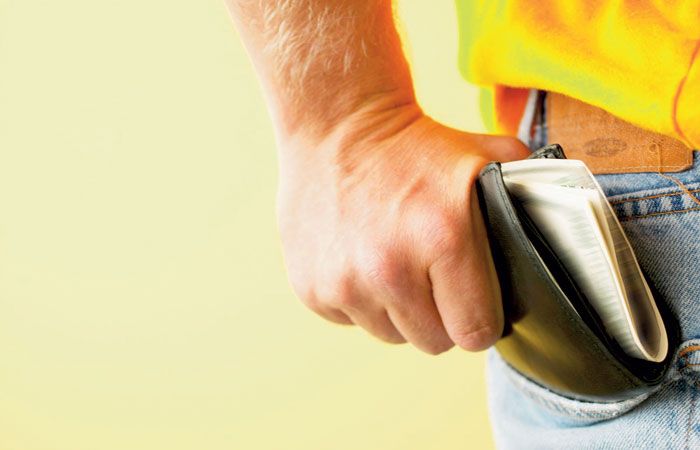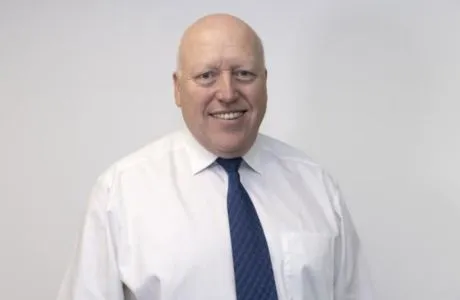
Inflation continues to defy many economists’ expectations by remaining stubbornly low, falling from 0.7 per cent in January to 0.4 per cent in February.
Office for National Statistics data released today shows that despite consensus predictions of a slight uptick to around 0.8 per cent, Covid-19 continued to change the way we spend and goods are priced.
While fuel costs rose, other items in the inflation basket put downward pressure on prices, including clothes, travel, and second-hand cars, bucking a month where retailers would normally increase prices for clothing.
“The impact of the pandemic has disrupted standard seasonal patterns,” ONS deputy national statistician Jonathan Athow says.
While aggregate prices are still on the up, this change led to a decrease in the rate that prices are rising overall, despite a 3.6 pence per litre increase in petrol prices and a 3.4 pence per litre increase in diesel prices in the latest data.
Pantheon’s chief UK economist tells the BBC that “the lockdown has left clothing retailers with considerable excess stock to shift”, a key factor behind the “sudden drop” in inflation, but this should only be temporary, and he predicts a 2 per cent inflation figure will be reached by the end of 2021.
As the government and Bank of England continue to look towards building a recovery when we reach the end of coronavirus restrictions, commentators are now asking whether inflation remaining low will allow them to do more to stimulate demand.
Premier Miton Investors UK Growth fund manager Jon Hudson says: “Despite rising global commodity prices, UK inflation remains low and below the forecasts of economists.
“The strength of sterling is helping offset more expensive imports and allowing the Bank of England to remain accommodative towards helping the economic recovery.”



